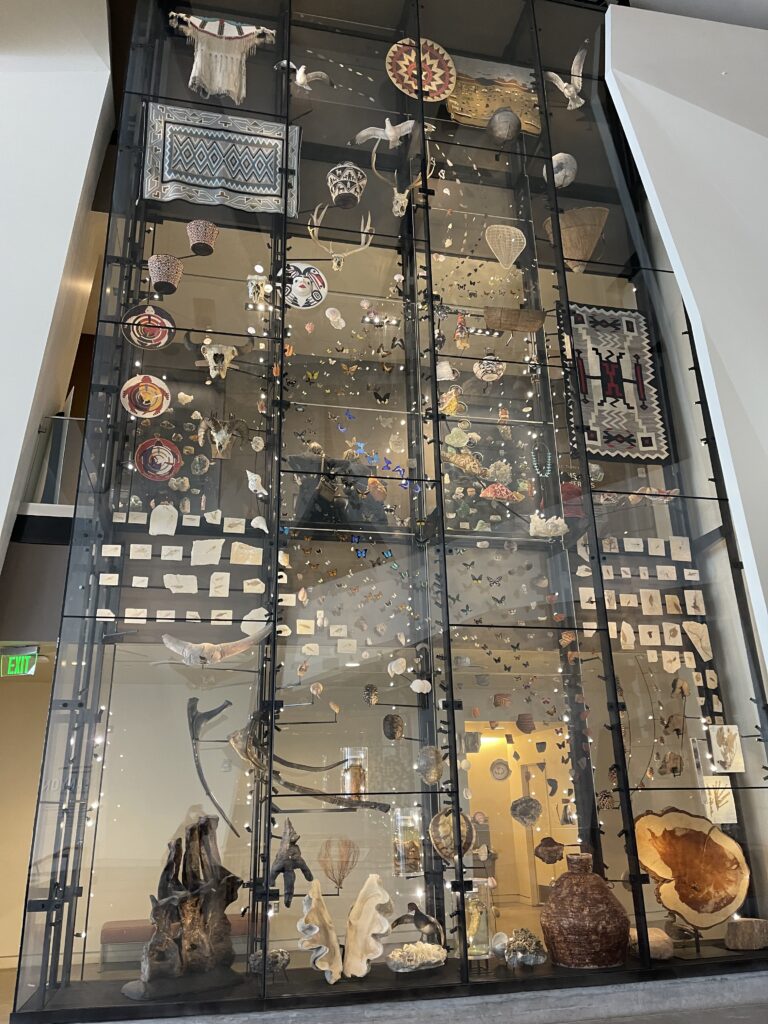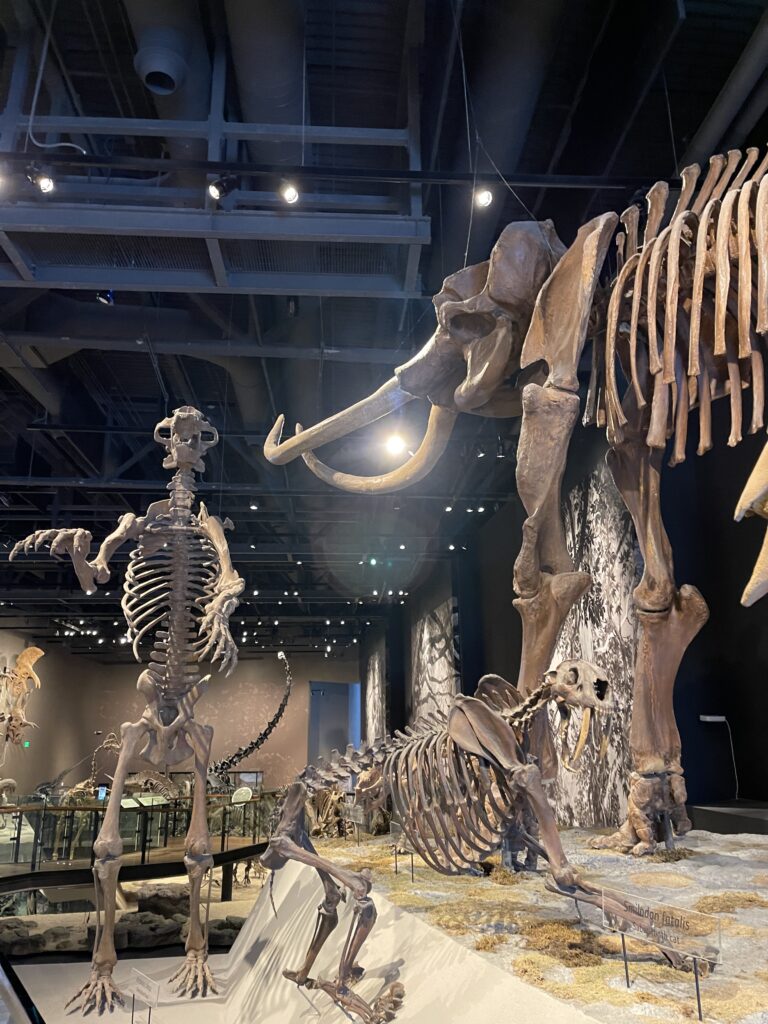As we learned early on in class, a museum is an organized, permanent, nonprofit institution that serves both an educational and aesthetic purpose. A museum has a professional staff that cares for tangible objects and presents them to the public in a way that will make sense to visitors. I would argue that museums are pillars of the communities that they physically reside in, and provide educational activities, community gatherings, and thought-provoking exhibitions.
When I applied for the fellowship that I am currently doing at the museum, I remember asking myself “why is this opportunity attractive to me, why do I feel it is important to work at a museum?” I thought back to my childhood, which was scattered with personal and school-organized trips to museums in New England. You don’t realize it as a kid, but the family rooms and kids’ activities are prepping you to become an adult “museum person”. They teach you how to creatively look at the exhibits, and how to utilize the opportunities at a museum. They inspire a sense of curiosity.
I eventually concluded that I wanted to work at a museum because it felt like entering the epicenter of lifelong learning. Museums are a place to be enjoyed from childhood throughout your entire life. You can visit the same museum 100 times and still continue to learn something new on each visit. Museums can teach you about yourself, your community, the land you reside on, or cultures that you have not experienced. Later down the road, I know our class will learn about the different departments in the museum that make the institution a whole. I love seeing all the working parts of a museum come together for an enlightening experience.
I recently came across this article about London’s National Portrait Gallery purchasing a condemned public toilet-turned-ticket kiosk behind their main building for £3 million (about $3.6 million.) At first, I was stunned by the price tag for this acquisition, but upon learning more, I was surprised at how they plan to use the space. The toilet has about 250 sq ft of space on the surface level, but actually has a winding staircase that leads to an underground space of a little under 2,000 sq ft. The Portrait Gallery plans to use the location as an exhibition space, pending approval for construction.
I find this acquisition of space very interesting. Museums are pushing boundaries on how to display objects. There is no longer this rigid equation that requires taking items, placing them in a glass case, and pasting information nearby. Museum teams, including design staff, curators, collections managers, and education professionals want visitors to experience thought-enhancing spaces, that do not just exist for the objects, but rather enhance the object-viewing experience.
My question for the class (knowing that I am a little behind the times on this post…) is what makes a museum an experience for you? Is it being able to bring your sketchbook and sit in the gallery? Do you prefer digital exhibits? What makes a museum space special?

Photo by Maxine Laberge, January 2022.

Photo by Maxine Laberge, January 2022.
I can really relate to, “… like entering the epicenter of lifelong learning. Museums are a place to be enjoyed from childhood throughout your entire life. You can visit the same museum 100 times and still continue to learn something new on each visit,” because that sums up all of my museum experiences in life and most likely for millions of the people in the world as well. What makes a museum experience for me is being able to lean in close to read the labels of artifacts and to step back away to take in the entire breath of a piece of art. Though I don’t sketch, I often taken my journal and write poems while I’m visiting a museum. I write poems because they are condense my thoughts for notes to look at later.
Thanks for sharing about your thoughts before joining our museum team – you have the rare opportunity to be able to peek into all the areas of the museum and help present them to the public in an accessible way, through our social media and other outreach venues! Museums need to be able to appeal to people of all ages and from all backgrounds, and they should be able to see themselves represented in the galleries and collections. Our communications and visitor services departments are essential front line staff who are in direct contact with the visiting public – it’s a valuable two-way street of information exchange!
I love the article you shared about the Portrait Gallery and their new acquisition – it’s true it’s a CRAZY amount of money to pay for a Victorian restroom but what an exciting proposition to create a new space that might be made accessible for a whole different demographic of visitors – late night visitors! This is my biggest regret, that our facility is mostly inaccessible to folks who work a conventional 9-5 work schedule. I’d love to see us open late at least a few nights each month (not that I’d be able to stay awake to see it!).